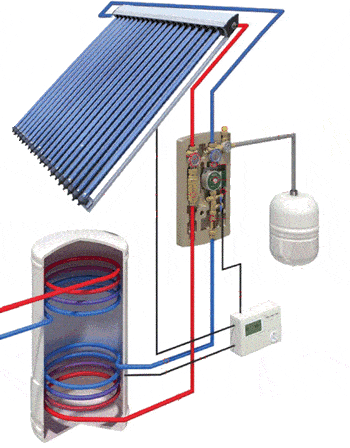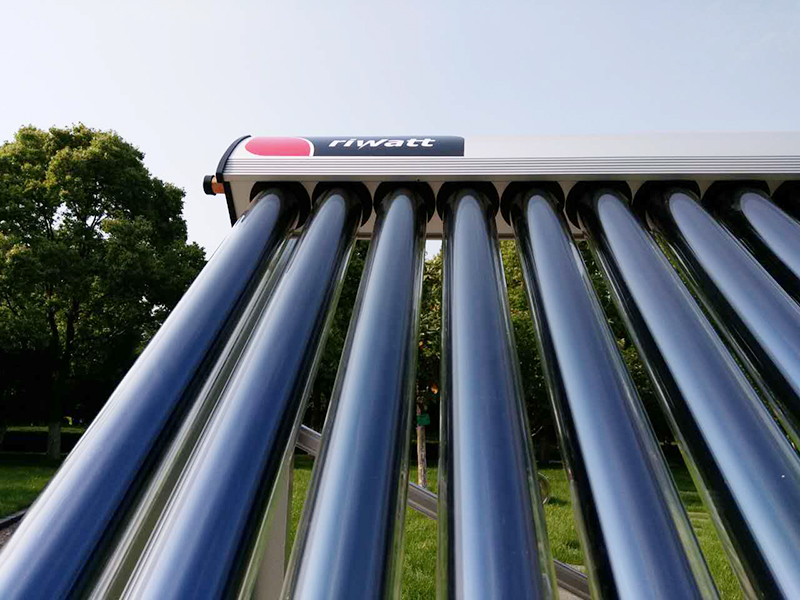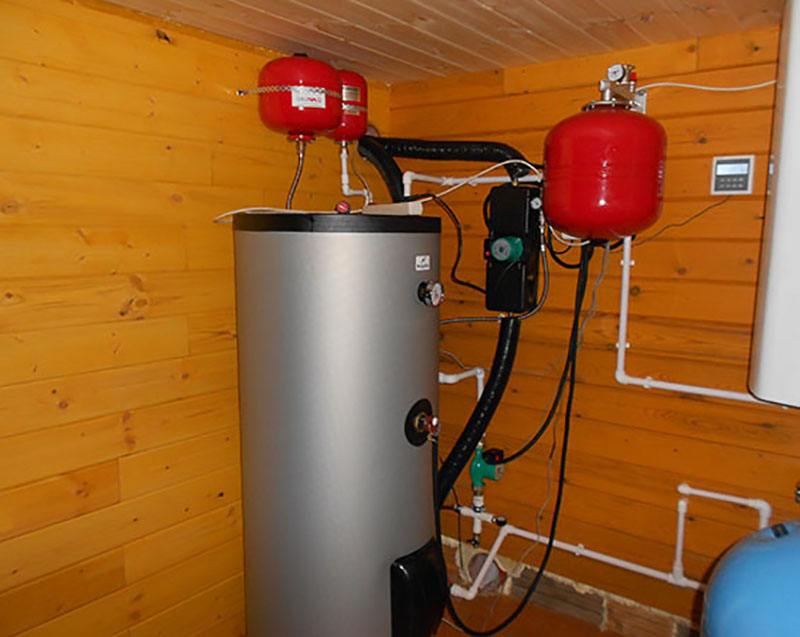Why Split High Pressure Solar Geysers
2021-01-20 19:47:46
Evacuated solar tubes and installations were popular with homes with water tanks
Evacuated solar tubes is a water heating system, developed for northern European countries to heat hot water tanks using passive solar energy.
Vacuum tubes.
Evacuated tubes, commonly known as solar tubes, are the most efficient of the more traditional flat-plate panels.
Installing this solar energy system will enhance your traditional heating system and bring it up to modern 'building regulation' standards too.
The science bit.
The evacuated tube system heat-up due to the sun's short-wave radiation output converting to long-wave radiation. Temperature: 40-80° Celcius from 3 bar pressure.
Questions about evacuated tubes solar system
Roof orientation?
Most homes are suitable. If you have an S/SE/SW or east/west facing roof space, then great. Your internal plumbing needs to be checked for compatibility too.
How much will a system cost?
The cost of an evacuated tube system depends on several factors. Your water tank size determines the number of tubes required though.
How do evacuted tubes work?
A solar tube system heats up due to the sun's short-wave radiation output converting to long-wave radiation. This process creates heat.
The variable speed controller circulates based on temperatures within the panel.
The pump circulates a Glycol solution through the hot collector and back-down through a heat exchanger.
The system automatically shuts down when not in use, or when the collector temperature is lower than the cylinder.
Do evacuated tubes work consistently in the UK climate?
Evacuated tubes are the most efficient solar heating technology, but not as useful as PV-heating converters.
The UK receives 60% of the sun's radiation compared with the equator. Each square metre of the UK receives between 900 to 1,300 kWh annually. All can be captured and diverted into your hot water tank with evacuated tubes.
Evacuated tubes use a thermos flask principle that allows each vacuum tube to get hot regardless of external air temperature.
What about Combi boilers?
Combi boilers aren't possible in most cases. We would need to re-install a hot water tank. Most homes with Combi's won't have the space to install a hot water tank.
Can I install evacuated tubes myself?
In most cases no. However, if you're Part P electrical accredited, then it may be possible to install in a DIY capacity.
All evacuated tube installations must be carried out and commissioned by an accredited MCS-installer only.
Is there a danger that it could get too hot?
The system may never rise above 85° Celcius.
Why update my hot water tank?
Older 'copper' hot water tanks run exceptionally inefficiently, especially after many years of use. Limescale will reduce performance even further.
When installing evacuated tubes, it's essential to establish a modern more efficient tank to get the most out of your system.
Will it contribute towards my central heating?
We would need to check your management system is suitable. In most cases, evacuated tubes can contribute to your central heating via underfloor heating.
How long will it take to install?
Only a few hours in most cases.
Do I require planning permission?
Listed buildings, conservation area homes, national parks may require permission. Please consult with your local planning officer.
Do evacuated tubes work on cloudy days?
This question depends on the density of the cloud. In average cloud density, solar panels use passive energy. With dense cloud cover, probably not.
Can you upgrade my hot-water tank?
Does your tank has an unused twin-coil? In most cases, we update the hot water tank to allow a secondary connection to the evacuated tube system.
How much CO2 will my system save?
Around half a tonne each year, but this is dependent on how much hot water gets used and how you heat the water at present.
How long do evacuated tubes last?
A system will easily last twenty-five years.
.jpg)

.jpg)

.jpg)

.jpg)